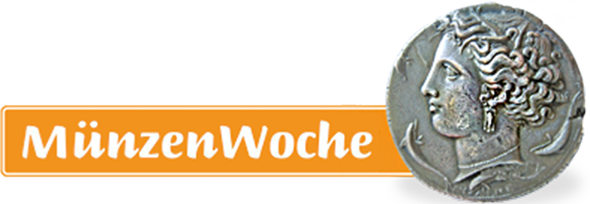Bulgarian National Bank Museum Collection
Wenn es kein Logo gibt, wird diese Spalte einfach leer gelassen. Das Bild oben bitte löschen.
(Dieser Text wird nicht dargestellt.)
1 Knyaz Alexander I Square
1000 Sofia
Tel: +359 2 91459
The Bulgarian National Bank (BNB) was established in 1879, only one year following its independence from the Ottoman Empire. Although the idea of a museum of the BNB had been discussed since the late 1920s, and after several attempts, it was not until January 1999 that a museum officially opened as part of celebrations that commemorated the Bank’s 120th anniversary.
The Museum’s collection is located in the Bank’s main building, which was completed in 1939. The permanent exhibition, covering an area of over 3,000 square feet (300 square meters), is divided into several sections. It comprises a wealth of antique and medieval coins discovered in Bulgaria and dating from the 5th century BC to the present time. The exhibition also illustrates the coinage organized by the Ministry of Finance and the BNB, and covers BNB money issuing activities from 1885 onward.
There are specially designed table showcases in the style of the original furniture from the 1930s. The exhibition uses 14 large-size and three small-size showcases to display 2,200 coins and 220 banknotes with text in both Bulgarian and English.
Classical Antiquity
Three cases display about 1,000 antique coins that illustrate the intensive monetary circulation in the Balkans—a crossroad between East and West. Visitors see how minting developed as the ancient Greeks colonized the Black Sea coast, trading actively with the Thracians in the hinterland. On display are the iconographic beauty of Macedon’s coinage, and the diversity of coins from the Roman period.
The Middle Ages
Three cases of about 1,300 items showcase the unsettled Balkan Middle Ages, when Byzantium shone and the Second Bulgarian Empire rose. Here, rulers of the First Bulgarian Empire (681-1018) did not mint their own coins but mainly used Byzantine coins. After the Battle of Markeli in 792 AD, Byzantium had to pay tribute in gold and silver coins to Bulgaria. There were imitation Byzantine coins that appeared during the reigns of Tsar Boris II (970-971) and Tsar Roman (977-991). While Bulgarian coin minting may possibly date back to the reign of Czar Petar (1186-1197), what is beyond dispute is that coins were definitely minted from the reign of Czar Ivan Asen II (1218-1241) onward.
The Modern and Contemporary Periods
The remainder of the nine large and three small cases comprise Turkish coins and the entire collection of Bulgarian coins. The collection also includes supplementary material such as coin and banknote designs that never entered circulation, and tools. Also included are numismatic specimens from the modern Bulgarian state covering four major political eras: the Principality (1879-1908), the Kingdom (1908-1946), the People’s Republic (1946-1990), and the Republic since 1990. The displays include Bulgarian money, designs, mockups, and samples of both coins and banknotes. What makes this section of the collection unique is the Bulgarian National Bank’s central role in the issuance of Bulgarian money and the management of its subsequent circulation, including its destruction when no longer legal tender.
There is also a restored bank clerk’s office from the late 1930s and a reproduction of manual minting of coins. This allows visitors to participate actively in bringing the historical process of manual minting back to life.
This text was written by Howard M. Berlin and first published in his book Numismatourist in 2014.
You can order his numismatic guidebook at Amazon.
Howard M. Berlin has his own website.









